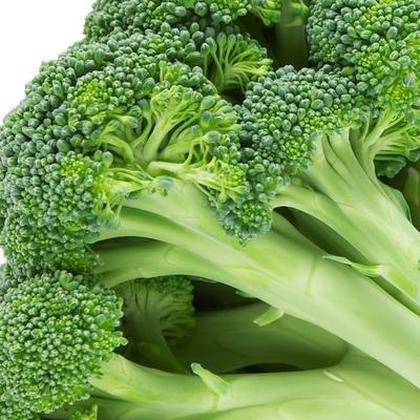Showing results for 'Broccoli'
close
Broccoli

Broccoli is a green cruciferous vegetable similar to cauliflower and part of the cabbage family. Broccoli has florets on the end of stalks, and these flowery bunches are the preferred part of the vegetable.
Broccoli Pairs With:
Food Item
Flavor Affinity Level

Did you know there are 190 food flavor pairings in my database for Broccoli available. What you are seeing above is a random list of 30 items which pair with Broccoli.
For the entire list, beautifully formatted, enter your email address and click the download button below, then I'll email it to you as a PDF.
Broccoli Properties:
| Food Property | Type | Description |
|---|---|---|
| Flavor Profile | Bitter | Broccoli has a mild bitter flavor, especially when overcooked. |
| Umami | Broccoli has a subtle umami taste that enhances its overall flavor. | |
| Texture | Firmness | Broccoli is known for its firm texture, especially when cooked al dente. |
| Tenderness | Broccoli becomes tender when cooked properly, but can become mushy if overcooked. | |
| Nutritional Value | Macronutrients | Broccoli is a good source of carbohydrates, protein, and fiber. |
| Micronutrients | Broccoli is rich in vitamins and minerals, such as vitamin C, vitamin K, and potassium. | |
| Fiber | Broccoli is high in fiber, which is beneficial for digestion and gut health. | |
| Color | Natural Pigments | Broccoli has a vibrant green color due to the presence of natural pigments like chlorophyll. |
| Aroma | Volatile Compounds | Broccoli contains volatile compounds that contribute to its characteristic aroma when cooked. |
| Chemical Composition | Acidity/Alkalinity (pH) | Broccoli is slightly acidic in nature with a pH ranging from 6.0 to 6.3. |
| Cooking Behavior | Heat Conductivity | Broccoli cooks quickly and evenly due to its high heat conductivity. |
| Water Retention | Broccoli tends to retain water when cooked, so it is important not to overcook it to prevent sogginess. |
Food Pairing App - Version 1.2.0
